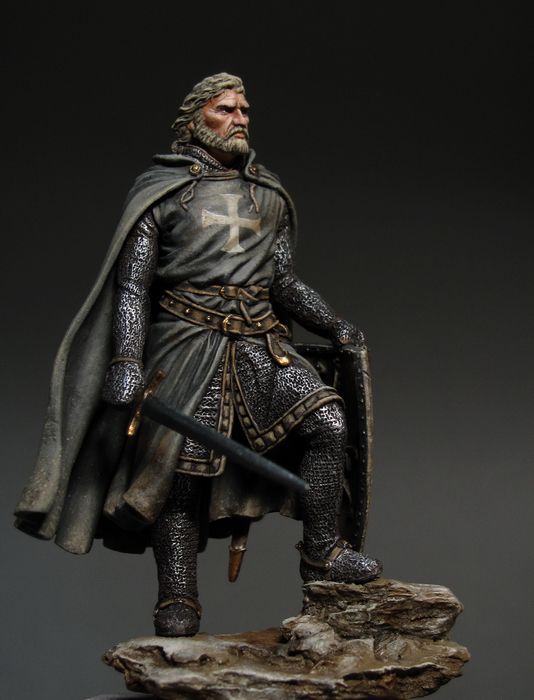Knighthood

What was life like for a knight?
In the early middle ages, the knight was of a lower social status than the highest class, the actual aristocracy. He was a mounted warrior who possessed land and had his own weapons and armor, and the knighthood fought for a lord that they served. In many regions, this made the knight a type of minor nobility, since they were not clerics, peasants, or the ruling class.
By the 12th century most of the European aristocracy had become a warrior nobility, many becoming knights themselves. Knighthood, therefore, could now encompass the highest nobility, meaning kings and emperors, and range all the way down to the poorer knights who did not own enough land to sustain themselves. The knight, in fact, might own little more than the peasant, yet he paid his lord in service at arms rather than as a farmer laboring in a field, and was therefore considered a cut above them.
Knighthood
It was the lot of the nobility in feudal society that there should be power struggles that often went beyond politics to involve actual battles and warfare. The nobleman was expected to lead his men into battle to defend his rights and property, so martial ability was as necessary for the nobleman as it was for the knight. The knights under the nobleman's command respected military prowess and athletic ability from their leaders, and so it is perhaps only natural that the nobility adopted the same culture in which his warriors were steeped. The nobility learned quickly that there was a certain status that could be gained amongst his peers that could only be won by skill at arms and courage displayed in battle. It has always been so, as men like Julius Caesar, whose conquests elevated him in the eyes of the people of Rome, had a higher distinction than other men otherwise considered his equal in the aristocracy. The higher nobility thus began to have their images painted depicting them with swords and shields and other symbols that might otherwise have been considered part of the knighthood.
In time the knight had begun to adopt some of the dignity of the aristocracy they served, having their own heraldry and gaining titles and lands as rewards for good service. They had gained a higher standing in Medieval society, and in time an elaborate knightly culture that included chivalry and rules of knightly conduct that made them an elite community of warriors that the world has never forgotten.
Now Available!!
Pelayo's resistance initiated the nearly 800-year-long Reconquista to take back his country from the ruthless invader who had conquered his homeland and sought to erase his culture and his faith. His actions would lay the foundations of a Kingdom for Christ that would eventually reach around the world and spread the Catholic faith to millions of souls. Read more...
Please help us continue to bring high quality books to our readers at the lowest possible price! Click the link below! Thank you!
Now Available!
Catholic Vitality Publications presents . . .Brand new by
James Fitzhenry
Now in paperback!
Battles - Honor - Miracles! This
book is filled with amazing stories of little-known Catholic heroes presenting
spectacles of bravery and valor never exceeded in all the annals of history. read more. . .
Now Available for $24.95
Also available:
Catholic Vitality Publications
Roman Catholic books currently published by Catholic Vitality Publications:
El Cid, God's Own Champion
-the amazing true story of the life of Rodrigo Diaz, El Cid!
Available for only $22.95
St. Fernando III
A Kingdom for Christ
- King St. Fernando III, born 100
years to the month after the death of
the Cid. His life was filled with miracles
and many conquests!
Available now for $26.95
Discounts available for bulk
orders and for bookstore
retail sales! Just contact us




